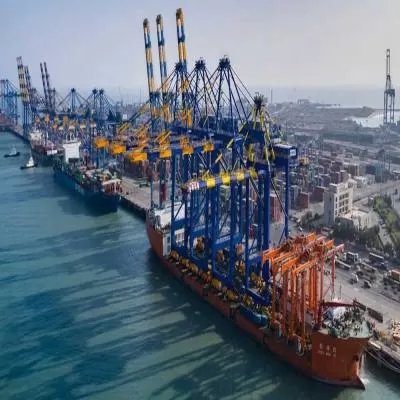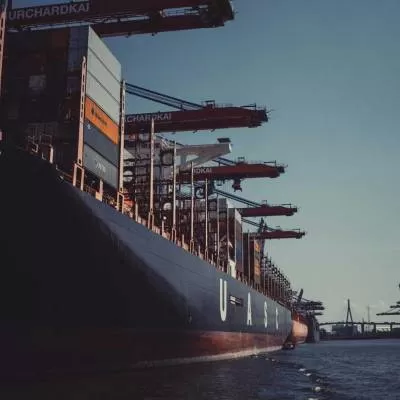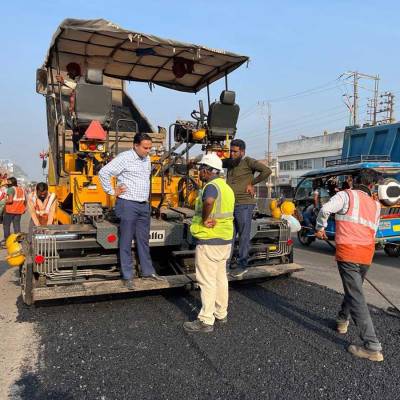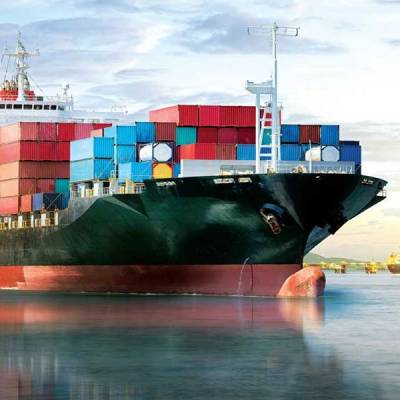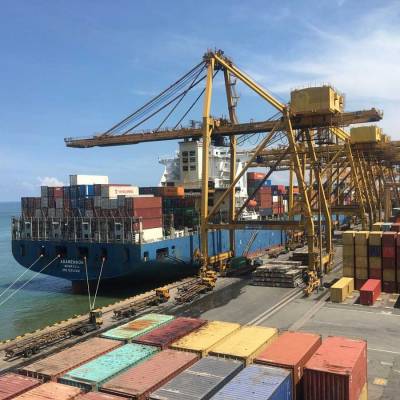- Home
- Infrastructure Transport
- PORTS & SHIPPING
- Clean-up Drive
Clean-up Drive
Construction workers are often at risk from exposure to infectious diseases on construction sites due to poor sanitary conditions associated with toilets and clean-up facilities. Poor sanitation can be a serious occupational health risk, leading to a drop in efficiency at construction sites. A study done by 3S India, a Saraplast Enterprise, shows that placing portable sanitations at the construction sites not only help in an improved health and hygiene for the construction workers but also improves their efficiency on-site.
Urgent need
Proper standard of sanitation at construction sites is rarely discussed. While there is an urgent need of portable washrooms at construction sites for the labourers, contractors and builders can also save cost by adopting the same. “Portable washrooms should be made mandatory on sites,” says Rajeev Kher, Founder and CEO, Saraplast Pvt Ltd. He believes that an unkempt tin sheet, based on four walled structure can certainly be hazardous for users.
A site involves 24 x 7 activities with labourers, vendors and suppliers, etc, and this large influx need proper planned sanitation and waste disposal mechanism. “If not controlled properly, the workers and visitors may face serious health issues,” Kher highlights adding, “Above all, it offers dignity to the labourers who are tirelessly working to provide proper housing.”
Construction process
High density polyethylene (HDPE) shells are used for the entire body of the restroom cabin as against finer glass or FRP, which is locally used. Kher avers, “HDPE, as against FRP, is 100 per cent recyclable and a very well-engineered high quality polymer that can be easily maintained.” He informs that these toilets follow international norms and standards such as German DIN, United States ANSI and British BIS standards. Light weight, durability and mobility make them easily transportable from place to place. There is almost no repair or maintenance in transit from one site to another with a life of 10-15 years.
Moreover, the units are Mains-free, which means no sewerage or septic connection is required. Waste is evacuated using high quality, specially designed vacuum suction machines mounted on trucks. Toilets are charged with a bio-friendly additive or tablet for door removal and primary degradation of waste. The waste is disposed off as per international waste regulation norms into a sewage treatment plant or designated sewer line as indicated by the client and permissible by local body. A Mains connected option is also available where the unit can be hooked onto the sewerage system or septic tank.
Additional cost involved
A contractor or builder can pay as per a service contract with the Restroom servicing company. In case restrooms need movement from one location to another or some special services are required, these are provided at an extra cost. “Else, the entire amount charged to the builder is as per the service contract and includes installation, cleaning it, evacuating it and even disposal of waste as per norms,” avers Kher.
Benefits of a portable restroom
- Efficiency in labour time
- Increase in productivity
- Facility closer to the work place
- Clean and hygienic environment on sites
- Water efficiency
- Lower disposal costs, eg, reduced skip hire, landfill tax, and gate fees
- Unnecessary septic trips are saved
- Proper documentation and actual disposal details as per environmental regulations are maintained
- Ensures a valid waste disposal training as per PSAI guidelines
- Ensures waste is disposed off at a licensed location to ensure no illegal dumping
Placing portable sanitation at construction sites can not only help in improving health and hygiene for the construction workers but also enhance the labourer’s efficiency on site, explores SHRIYAL SETHUMADHAVAN. Construction workers are often at risk from exposure to infectious diseases on construction sites due to poor sanitary conditions associated with toilets and clean-up facilities. Poor sanitation can be a serious occupational health risk, leading to a drop in efficiency at construction sites. A study done by 3S India, a Saraplast Enterprise, shows that placing portable sanitations at the construction sites not only help in an improved health and hygiene for the construction workers but also improves their efficiency on-site. Urgent need Proper standard of sanitation at construction sites is rarely discussed. While there is an urgent need of portable washrooms at construction sites for the labourers, contractors and builders can also save cost by adopting the same. “Portable washrooms should be made mandatory on sites,” says Rajeev Kher, Founder and CEO, Saraplast Pvt Ltd. He believes that an unkempt tin sheet, based on four walled structure can certainly be hazardous for users. A site involves 24 x 7 activities with labourers, vendors and suppliers, etc, and this large influx need proper planned sanitation and waste disposal mechanism. “If not controlled properly, the workers and visitors may face serious health issues,” Kher highlights adding, “Above all, it offers dignity to the labourers who are tirelessly working to provide proper housing.” Construction process High density polyethylene (HDPE) shells are used for the entire body of the restroom cabin as against finer glass or FRP, which is locally used. Kher avers, “HDPE, as against FRP, is 100 per cent recyclable and a very well-engineered high quality polymer that can be easily maintained.” He informs that these toilets follow international norms and standards such as German DIN, United States ANSI and British BIS standards. Light weight, durability and mobility make them easily transportable from place to place. There is almost no repair or maintenance in transit from one site to another with a life of 10-15 years. Moreover, the units are Mains-free, which means no sewerage or septic connection is required. Waste is evacuated using high quality, specially designed vacuum suction machines mounted on trucks. Toilets are charged with a bio-friendly additive or tablet for door removal and primary degradation of waste. The waste is disposed off as per international waste regulation norms into a sewage treatment plant or designated sewer line as indicated by the client and permissible by local body. A Mains connected option is also available where the unit can be hooked onto the sewerage system or septic tank. Additional cost involved A contractor or builder can pay as per a service contract with the Restroom servicing company. In case restrooms need movement from one location to another or some special services are required, these are provided at an extra cost. “Else, the entire amount charged to the builder is as per the service contract and includes installation, cleaning it, evacuating it and even disposal of waste as per norms,” avers Kher. Benefits of a portable restroom Efficiency in labour time Increase in productivity Facility closer to the work place Clean and hygienic environment on sites Water efficiencyBenefits for a contractor or developer Lower disposal costs, eg, reduced skip hire, landfill tax, and gate fees Unnecessary septic trips are saved Proper documentation and actual disposal details as per environmental regulations are maintained Ensures a valid waste disposal training as per PSAI guidelines Ensures waste is disposed off at a licensed location to ensure no illegal dumping





